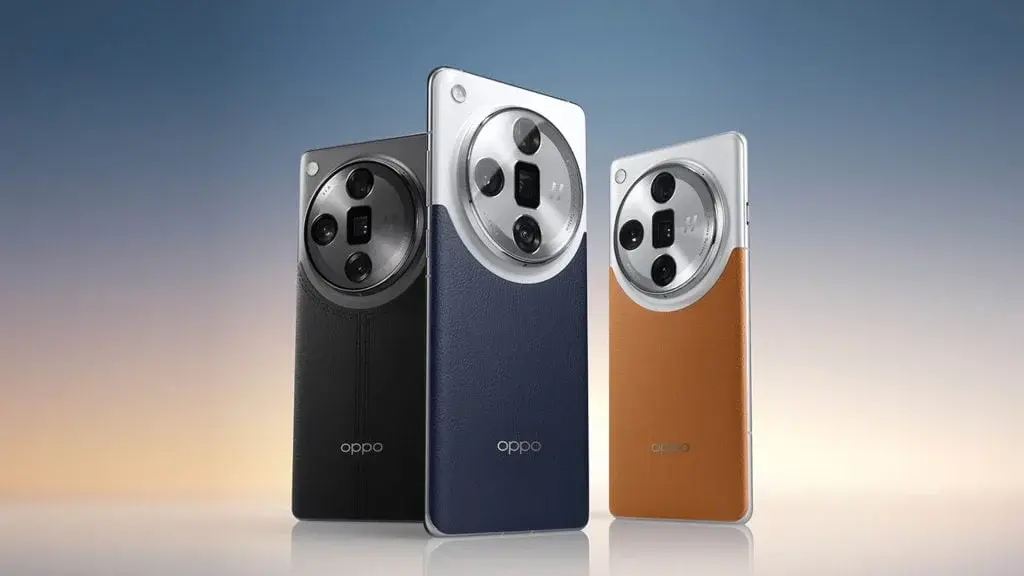Samsung Unveils New Projectors at CES 2024
Samsung has joined the list of companies unveiling new devices ahead of the Consumer Electronics Show (CES) 2024 in Las Vegas. The South Korean brand has introduced two new projectors, the Premiere 8K and Premiere 5, expanding its home theatre lineup. These projectors boast impressive specifications and features, including some industry firsts.
Samsung Premiere 8K: The World’s First 8K Projector with Wireless Connectivity
The Samsung Premiere 8K is the world’s first 8K projector with wireless connectivity. It comes with a Wireless One Connect Box, which allows users to connect all peripherals, such as streaming devices and consoles, to the box instead of the projector. This eliminates messy wires and provides a cleaner setup. The box can send content to the projector from up to 10 meters away.
One of the standout features of the Premiere 8K is its ability to project a 150-inch image from just 12 inches away from the wall, making it ideal for small spaces. It also has AI-powered technology that can upscale 4K content. With a brightness rating of 4,000 Lumens, the projector offers auto keystone, autofocus, screen scaling, and other advanced features.
In terms of audio, the Samsung Premiere 8K delivers 100W sound output with an 8.2.2-channel Dolby Atmos system. It also features Sound-on-Screen technology, which creates an immersive audio experience by making it seem like the sound is coming from the screen rather than the speakers.
Samsung Premiere 5: The World’s Most Compact Triple-Laser Ultra-Short-Throw Projector
Samsung’s Premiere 5 is being touted as a versatile projector that can do it all. It claims to be the world’s most compact triple-laser ultra-short-throw projector, weighing just 3.7 pounds. Its lightweight design makes it easy to move around.
The Premiere 5 can project up to 100-inch images from a distance of 17 inches away from the wall. It offers features like autofocus, keystone adjustment, color balance, and more. Additionally, it has a multi-functional key that enables mode switching, mobile connection, and screen off features. The projector is equipped with a built-in 10W speaker and can also function as a Bluetooth speaker.
Lightwrap: Projection Mapping Technology for Any Surface
Both the Samsung Premiere 8K and Premiere 5 come with a new feature called ‘Lightwrap.’ This feature utilizes projection mapping technology, allowing the projectors to be used on any surface. It can turn any object or surface into an interactive display, making it a unique offering in the consumer market. Users can project any content on any surface and even create a customizable dashboard.
Furthermore, the projectors feature Samsung Gaming Hub, providing access to thousands of games without the need for a console.
With their innovative features and impressive specifications, the Samsung Premiere 8K and Premiere 5 projectors are set to make a splash at CES 2024.










